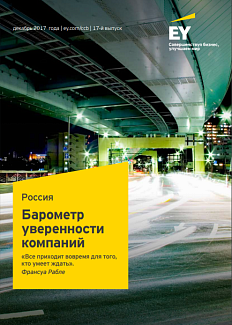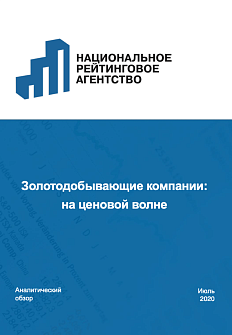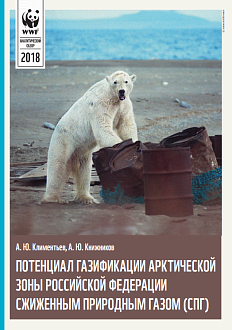From late 2015 to March 2018, lithium carbonate prices have grown by 150% up to USD 14,500/ton, but ACRA expects the prices to go down to USD 9,200/ton by 2022. A surge in demand for electric cars seen in 20142017 triggered the demand for lithium and drove lithium prices up to USD 14,00015,000/ton in South America, a key lithium supplier to the global market. By 2022, the demand for lithium may double, driven by the increased consumption by electric car and rechargeable battery manufacturers. On the other hand, the lithium carbonate production capacities are underutilised today, and large companies may double the production by 2022, which may push the prices down.
.png)
From late 2015 to March 2018, cobalt prices grew by 260% up to USD 87,000/ton, but ACRA expects the prices to go down to USD 38,000/ton by 2022. The demand for rechargeable batteries grew concurrently with the falling prices for nickel and copper, along with which cobalt is produced. According to ACRA estimates, in the nearest years, revamping production of industrial metals after a price rally in 20162017 and a range of new cobalt production facilities to be commissioned in the DR Congo can push down cobalt shortage and market prices.
.png)
China is a key investor in the Co and Li market. To date, the country controls up to 20% of the worlds known lithium reserves, and Chinese companies have shares in enterprises that control another 40% of world reserves. Therefore, Chinese companies invest heavily into international projects, for example, in Argentine and Chile. Cobalt production in the DR Congo has already strengthened the positions of China in the market, but the concentration on a single country is rather risky. ACRA expects Chinese investors to diversify cobalt sources for their industry. Russias share is 4% of the worlds market and ACRA expects the decrease in this indicator down to 23% of the world production due to the significant growth of such production in China, South America and Australia. The current share of Russia in cobalt production is 5% of the world market. Russian Co and Li producers are likely to increase the production of lithium (slowly) and cobalt (faster) because, even after a plunge, the prices are likely to remain high enough (higher than the 2015 levels) amid low prime costs in Russia coupled with significant reserves, which may increase the cash flows from Co and Li mining business.






